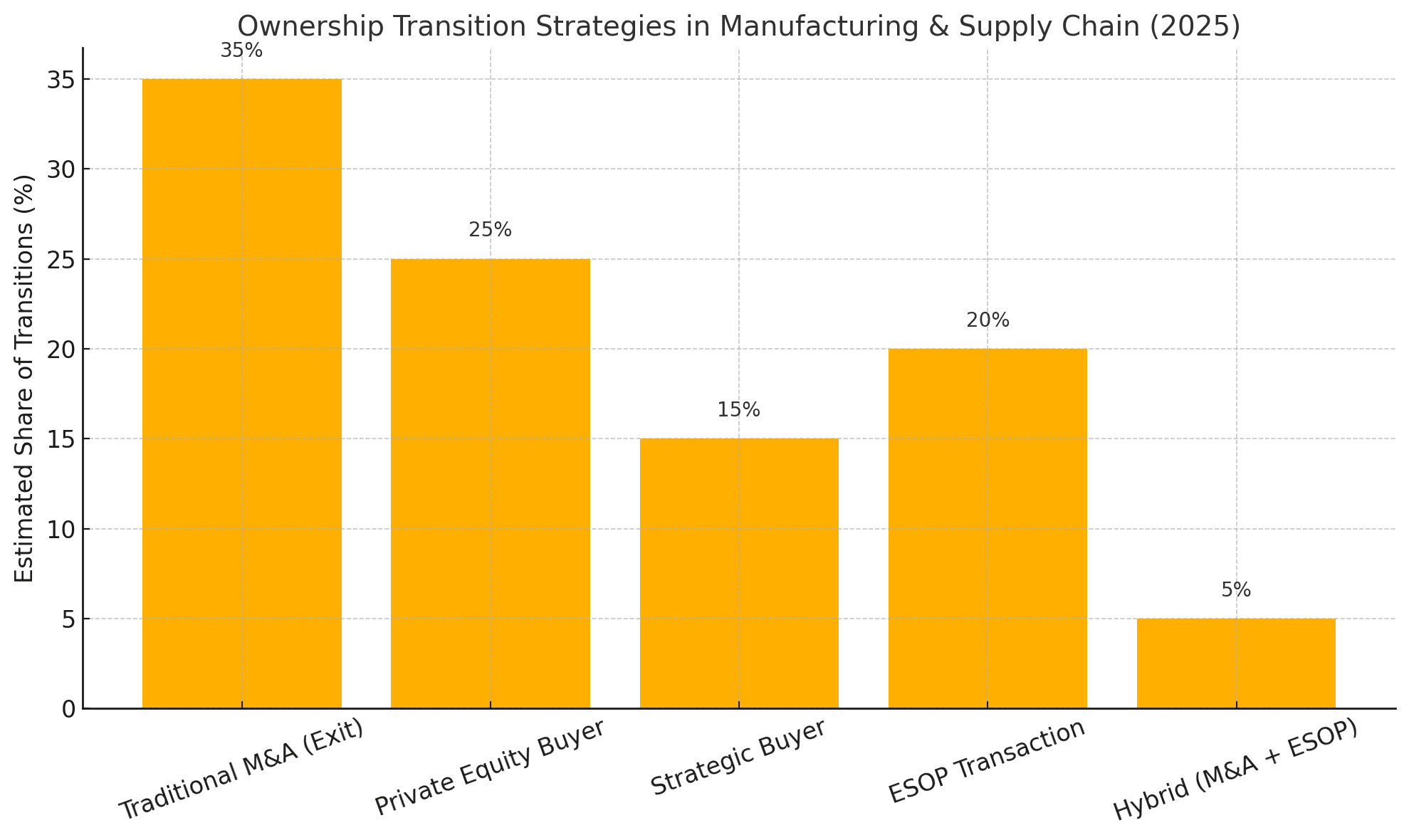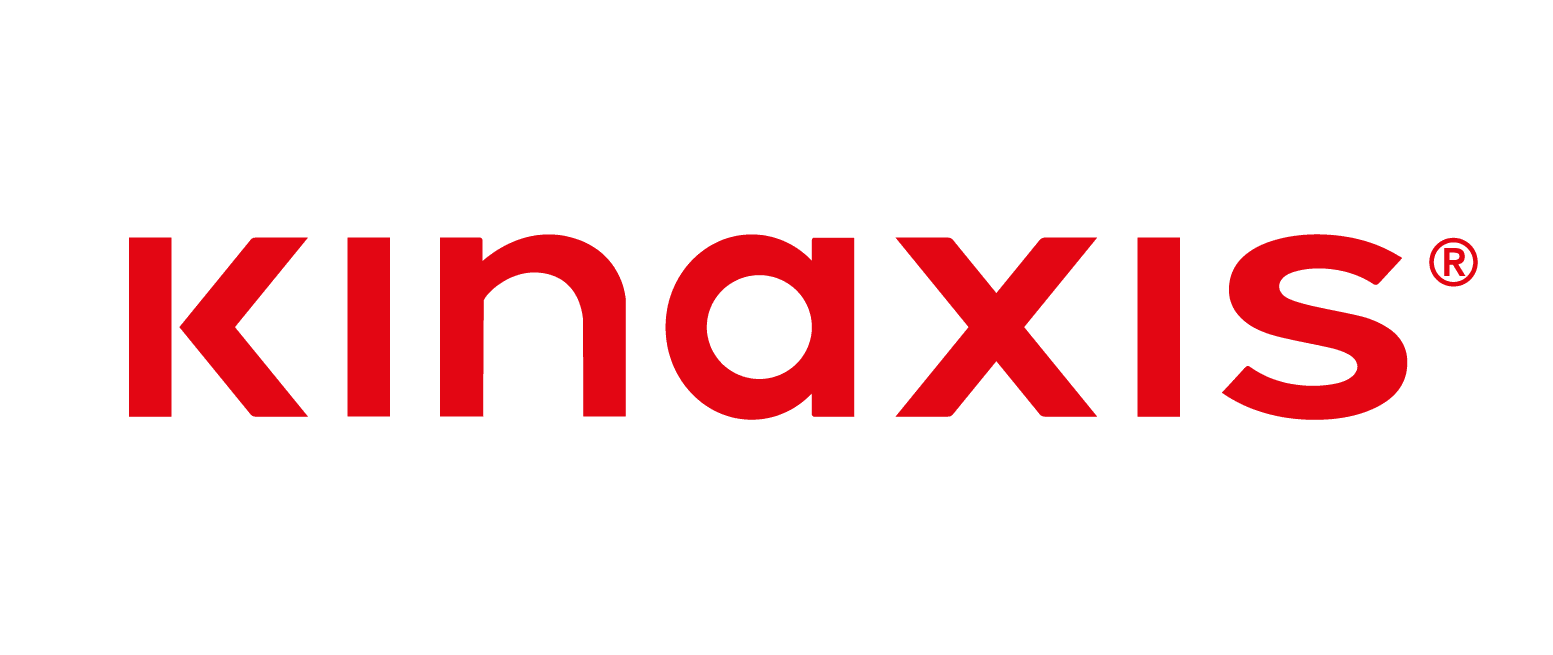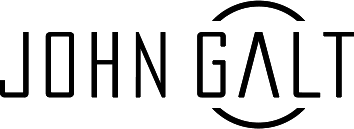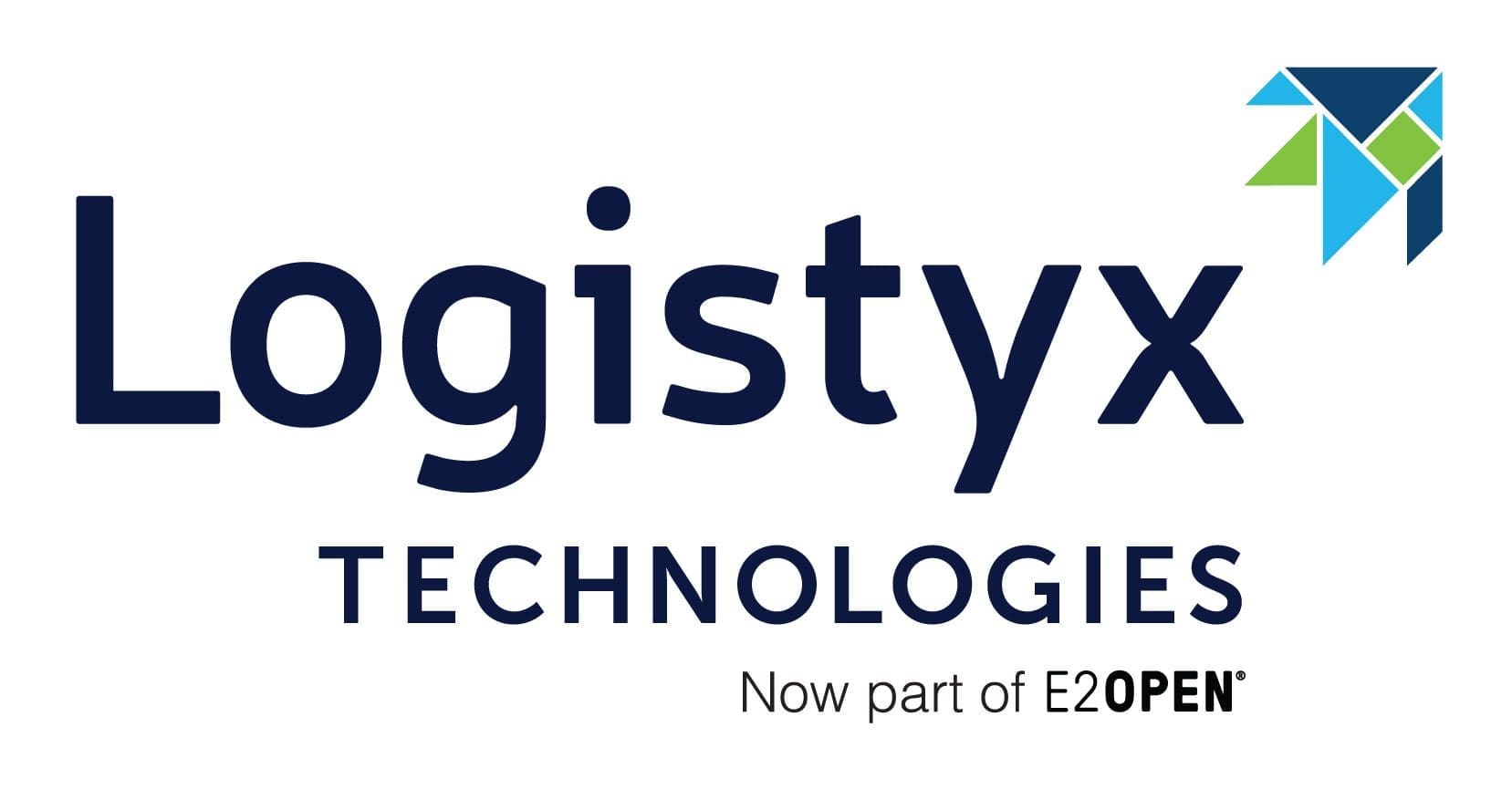
In 2025, two ownership transition strategies are taking center stage in the manufacturing and supply chain sectors: strategic mergers and acquisitions (M&A) and employee stock ownership plans (ESOPs). While M&A is a vehicle for growth, it’s equally driven by founder-owner succession, generational transitions, and liquidity needs. At the same time, ESOPs are gaining momentum as a compelling alternative for owners seeking to preserve legacy while rewarding employees.
M&A: Supply Chain Resilience Drives Deal Activity
Global M&A activity in the manufacturing sector rose 5% in 2024, reaching $160 billion in total deal value. But beneath the headline numbers is a notable shift: more business owners are turning to M&A not to expand, but to exit. Private equity firms and strategic buyers are actively acquiring mid-sized, founder-led companies with strong customer relationships, operational know-how, and long-standing reputations in their regions.
In the supply chain and industrial services sectors, succession planning is now one of the top drivers of M&A activity. Many founders are ready to retire but face limited internal options. For these owners, a sale to a private buyer or PE-backed platform offers liquidity but often raises questions around keeping the core team and brand intact.
PE groups are fueling this trend—accounting for nearly 60% of all supply chain transactions in late 2024. Many are pursuing buy-and-build strategies and are eager to acquire specialized, profitable operators in logistics, distribution, contract manufacturing, and related segments.
ESOPs: Preserving Legacy While Enhancing Performance
ESOPs are becoming increasingly popular alternatives to traditional M&A, especially in the manufacturing and logistics sectors—where employee ownership is most prevalent. In fact, manufacturing accounts for 21% of all ESOP companies and holds 42% of the total assets among ESOP-owned firms, making it the leading industry for this structure.
For many owners, ESOPs offer a unique path: a tax-efficient sale that rewards employees, preserves company culture, and maintains operational continuity. Legislation like the proposed Employee Ownership Fairness Act of 2025 could further expand access by increasing contribution limits and simplifying compliance.
ESOP-owned companies are often more resilient, with lower turnover, stronger employee engagement, and better long-term performance—particularly valuable in industries facing labor shortages and margin pressure.
Where the Strategies Meet: Hybrid Approaches Are Emerging
An emerging trend is the combination of ESOPs and M&A. Some business owners opt to sell a minority stake through an ESOP while simultaneously bringing on outside capital or pursuing strategic acquisitions. This blended approach can offer liquidity, talent retention, and growth capital—all without ceding full control.
In both cases, the key is planning. Owners who wait until they’re ready to retire may miss out on the most favorable terms. Whether selling to a third party or transitioning ownership internally, a proactive process—backed by valuation expertise, tax planning, and strategic advice—can significantly enhance outcomes.

Ownership Transitions Are Shaping the Industry’s Future
The logistics and manufacturing sectors are entering a new era—one defined not just by technological transformation, but by ownership transition. As more founders consider stepping back, the decisions they make today will define their company’s future.
ESOPs, often considered niche, are a viable solution for founders who value continuity and culture. And in some cases, the best path may involve elements of both.
For business owners in the supply chain ecosystem, the time to evaluate exit options is before you need them. Whether through sale, succession, or employee ownership, the most successful transitions are those that are intentional, informed, and aligned with long-term goals.
Planning For a Thoughtful Transition
Ownership transitions—whether through a third-party sale, ESOP, or a hybrid approach—are complex decisions with long-term implications for both the owner and the business. In today’s environment, having a qualified advisor can make a meaningful difference in how those decisions are structured and executed.
If you’re considering a transition, it’s worth starting the conversation early. The right advisory team can help you evaluate your options objectively, navigate the nuances, and ensure the strategy you choose aligns with your long-term goals—for your business, your legacy, and your people.
By Robert Reavis, Director, ButcherJoseph & Co.
As a Director at ButcherJoseph & Co., Robert has advised a diverse group of middle market companies on mergers and acquisitions, capital raising, and strategic advisory assignments. Robert specializes in complex recapitalizations, capital markets activities, and real estate related transactions. Robert began his investment banking career at Société Générale, working in Paris for the consumer, retail, and luxury M&A group. His investment banking experience includes cross-border M&A advisory engagements for publicly listed and privately held companies across a broad range of industries. Robert earned a Bachelor of Arts with honors in economics and international studies from the University of Chicago as well as an international diploma from Institut d’Études Politiques de Paris (“SciencesPo”).
















